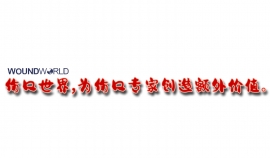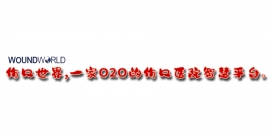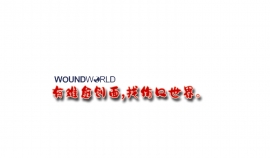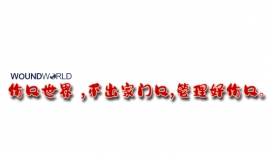文献精选
目的: 观察自体细胞再生技术治疗深度烧伤削痂后植皮的效果。
方法: 分析2014年3月至2018年3月我科住院的深度烧伤患者54例,其中27例患者术中应用自体细胞再生技术(细胞分选仪,广州市麦施缔医疗科技有限公司,粤穗械备:20201238号)结合游离皮片移植,27例患者常规使用游离皮片移植修复创面。于术后对比两组创面的愈合时间和愈合效果。
结果: 应用自体细胞再生技术结合植皮后,与对照组相比,实验组愈合时间更短愈合后远期效果更佳,两组差异有统计学意义(P<0.05)。在术后首次换药时疼痛程度,术后植皮并发症方面,两组之间差异无统计学意义。
结论: 自体细胞再生技术可有效促进烧伤创面愈合,缩短愈合时间,并且安全性高。
深度烧伤;临床研究;皮片移植
Imogen Stamford
Research has shown that use of continuous glucose monitoring (CGM) is associated with improved time in range, improved HbA1c, and decreased risk of long-term complications secondary to type 1 diabetes. There are, however, several barriers that can lead to discontinuation of CGM, including pain, skin reactions, concerns around accuracy, sensor loss, interference with daily activity, and alarm fatigue. This review paper will outline the impact of decision fatigue and alarm fatigue in children and young people using CGM.
Citation: Stamford I (2022) CGM for children and young people with type 1 diabetes: NICE criteria and effects of decision fatigue and alarm fatigue. for Children & Young People Diabetes Care 12: [Early view publication]
Article points
1. While the advantages of continuous glucose monitoring (CGM) are well recognised, as practitioners it is important to be aware of the implications of CGM use.
2. People with diabetes can never have a day without checking and responding to ever-changing glucose levels, which puts them at an increased risk of developing decision fatigue.
3. It is important for practitioners to support patients in creating balance between setting alarm limits that are narrow enough to ensure patient safety, but not so narrow that alarms will be repeatedly triggered can lead to the risk of alarms being ignored.
Key words
- Alarm fatigue
- Continuous glucose monitoring
- Decision fatigue
- Type 1 diabetes
Author
Imogen Stamford, Paediatric Diabetes Specialist Nurse, Oxford University Hospitals NHS Foundation Trust
Journal Pre-proof
Epidermal stem cell derived exosomes alleviate excessive autophagy induced endothelial cell apoptosis by delivering miR200b-3p to diabetic wounds. Hailin Xu, Hao Yang, Zhiyong Wang, Qizhi Tang, Xiaoling Cao, Chufen Chen, Yunxian Dong, Zhongye Xu, Dongming Lv, Yanchao Rong, Miao Chen, Bing Tang, Wuguo Deng, Jiayuan Zhu, Zhicheng Hu
PII:
S0022-202X(23)02951-2
DOI:
https://doi.org/10.1016/j.jid.2023.08.030
Reference:
JID 4023
To appear in:
The Journal of Investigative Dermatology
Received Date: 2 December 2022
Revised Date: 3 August 2023
Accepted Date: 30 August 2023
Please cite this article as: Xu H, Yang H, Wang Z, Tang Q, Cao X, Chen C, Dong Y, Xu Z, Lv D, Rong Y, Chen M, Tang B, Deng W, Zhu J, Hu Z, Epidermal stem cell derived exosomes alleviate excessive autophagy induced endothelial cell apoptosis by delivering miR200b-3p to diabetic wounds., The Journal of Investigative Dermatology (2023), doi: https://doi.org/10.1016/j.jid.2023.08.030.
This is a PDF file of an article that has undergone enhancements after acceptance, such as the addition of a cover page and metadata, and formatting for readability, but it is not yet the definitive version of record. This version will undergo additional copyediting, typesetting and review before it is published in its final form, but we are providing this version to give early visibility of the article. Please note that, during the production process, errors may be discovered which could affect the content, and all legal disclaimers that apply to the journal pertain.
© 2023 The Authors. Published by Elsevier, Inc. on behalf of the Society for Investigative Dermatology.
Epidermal stem cell derived exosomes alleviate excessive autophagy induced endothelial cell apoptosis by delivering
miR200b-3p to diabetic wounds.
Hailin Xu1, #, Hao Yang1, #, Zhiyong Wang1, # , Qizhi Tang2, #, Xiaoling Cao1 , Chufen Chen1 , Yunxian
Dong1 , Zhongye Xu1 , Dongming Lv 1 , Yanchao Rong1 , Miao Chen2 , Bing Tang1 , Wuguo Deng3 *,
Jiayuan Zhu1 *, Zhicheng Hu1, *
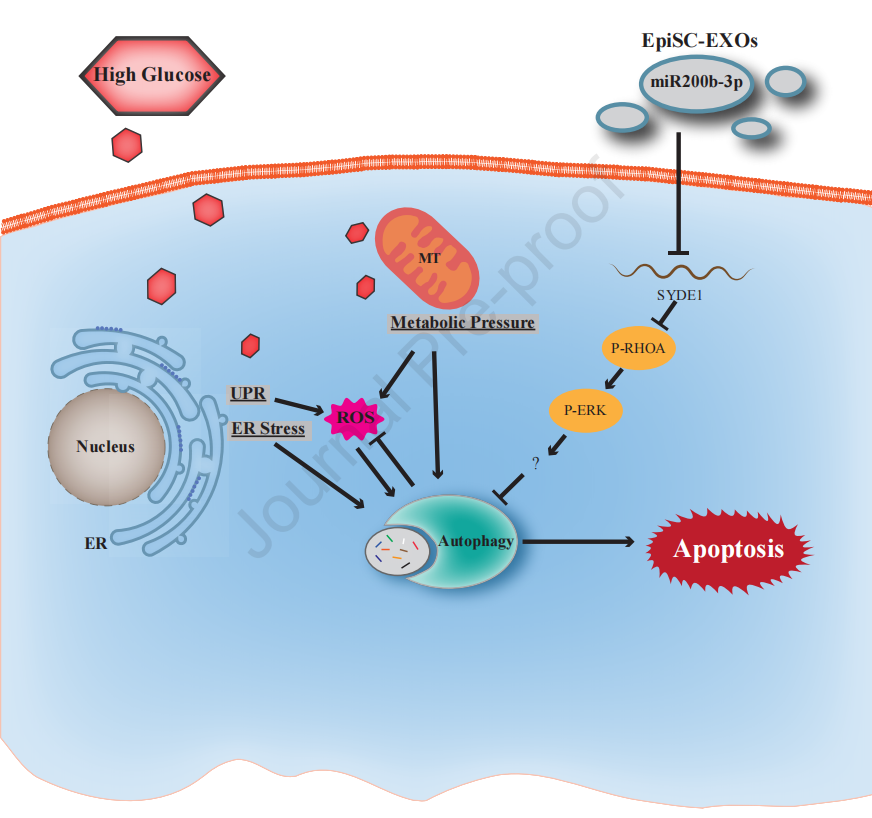
Epidermal stem cell derived exosomes alleviate excessive autophagy induced endothelial cell apoptosis by delivering miR200b-3p to diabetic wounds.
Hailin Xu1, #, Hao Yang1, #, Zhiyong Wang1, # , Qizhi Tang2, #, Xiaoling Cao1 , Chufen Chen1 , Yunxian Dong1 , Zhongye Xu1 , Dongming Lv 1 , Yanchao Rong1 , Miao Chen2 , Bing Tang1 , Wuguo Deng3 *, Jiayuan Zhu1 *, Zhicheng Hu1, *
1 First Affiliated Hospital of Sun Yat-sen University, Burn department, Guangzhou 51080, China.
2 Guangdong Provincial Hospital of Integrated Traditional Chinese and Western Medicine; Affiliated Nanhai Hospital of Traditional Chinese Medicine of Jinan University, Foshan 528200,
3 Sun Yat-sen University Cancer Center; State Key Laboratory of Oncology in South China; Collaborative Innovation Center of Cancer Medicine, Guangzhou 510080, China.
#These authors contribute the same to the study.
*Corresponding author:
Zhicheng Hu, First Affiliated Hospital of Sun Yat-sen University, Burn department, Guangzhou, China (E-mail: 该Email地址已收到反垃圾邮件插件保护。要显示它您需要在浏览器中启用JavaScript。).
ORCIDs:
Hailin Xu, http://orcid.org/0000-0002-6448-7343
Hao Yang, http://orcid.org/0000-0002-5388-5039
Zhiyong Wang, http://orcid.org/0000-0003-3818-1073
Qizhi Tang, http://orcid.org/0009-0000-8674-7655
Xiaoling Cao, http://orcid.org/0000-0003-4993-8385
Chufen Chen, http://orcid.org/0000-0002-7148-2858
Yunxian Dong, http://orcid.org/0000-0002-7112-2369
Zhongye Xu, http://orcid.org/0000-0002-7551-0270
Dongming Lv, http://orcid.org/0000-0001-9642-0410
Yanchao Rong, http://orcid.org/ 0000-0001-9125-189X
Miao Chen, http://orcid.org/0000-0002-3538-8231
Bing Tang, http://orcid.org/0000-0001-5859-8250
Wuguo Deng, http://orcid.org/0000-0002-1193-1500
Jiayuan Zhu, http://orcid.org/0000-0003-1501-6999
Zhicheng Hu,http://orcid.org/0000-0002-0026-0676
Key words: diabetes, diabetic wound, exosomes, stem cell, apoptosis, endothelial cell
JACQUI FLETCHER OBE Clinical Editor, Wounds UK on behalf of the 4 Nations Stop the Pressure Team.
With thanks to:
The Society of Tissue Viability NWCSP, Pink Marketing, Tissue Viability colleagues from England, Northern Ireland, Scotland and Wales, Wounds UK, Journal of Wound Care, The Journal of Tissue Viability and our commercial colleagues
